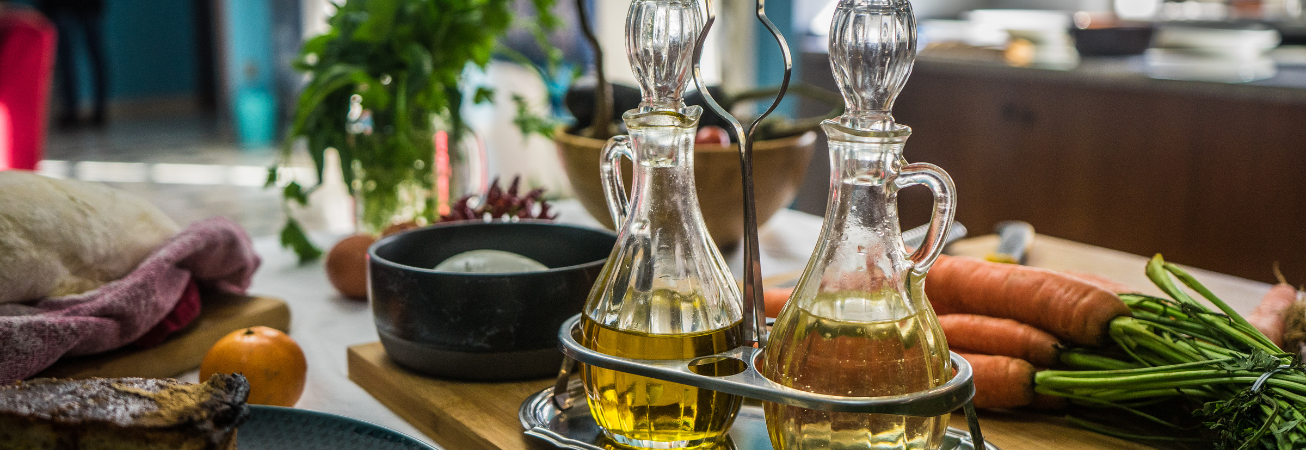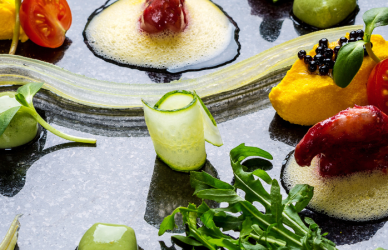Introduction
Ever wondered why Germans have a particular affection for sour pickles, hearty meats, or subtly sweet pastries? The answer goes beyond tradition or seasonal cooking. It’s rooted in psychology. Taste preferences in Germany are shaped by cultural memory, regional history, and emotional connections to food. Understanding this helps chefs and food businesses adapt their menus more effectively—and connect with customers on a deeper, sensory level.
Taste is Psychological — Not Just Physical
Our flavor preferences are influenced not only by biology but also by emotional experiences, childhood memories, and cultural norms. For Germans, certain tastes have been associated with comfort, warmth, and stability for generations. The tang of fermented cabbage (Sauerkraut), the saltiness of smoked ham (Schinken), or the dense sweetness of Stollen at Christmas all evoke powerful associations.
When taste meets memory, it creates loyalty. That’s why many Germans continue to crave the same flavor profiles they grew up with—often without realizing it.
Salty, Sour, Sweet — Germany’s Flavor DNA
Salty & Savory — A Heritage of Hearty Eating
Germany’s love for salty, savory foods stems from its agricultural and working-class roots. Meals needed to be filling and energy-rich: salted meats, cured sausages, and hearty stews fit the bill. Think of Kartoffelsuppe (potato soup), Eintopf, or Mettbrötchen. The body remembers how these meals felt—comforting, grounding, and satisfying.
Sour — Preservation and Palate Memory
The sour taste profile is one of the most distinctive in German cuisine. Fermented vegetables (Sauerkraut, Gurken), vinegar-based dressings, and even sour beer (Berliner Weisse) show that this taste is more than a quirk—it’s a cultural relic from an era when refrigeration didn’t exist. These flavors are now deeply embedded in regional and national identity.
Sweet — Subtle and Seasonal
Unlike other cultures that favor overpowering sweetness, German desserts tend to be subtle, complex, and seasonally based. Pastries like Bienenstich, Apfelstrudel, or Rote Grütze reflect a balanced palate. They’re sweet—but never too much—mirroring the German cultural preference for moderation and quality over indulgence.
Culture Shapes Cravings
Taste is transmitted socially. In Germany, family meals, school lunches, and even Sunday traditions reinforce flavor expectations. Children grow up eating sour pickles with lunch, or sweet semolina pudding with cinnamon sugar. These repeated exposures create lasting preferences, which restaurants and food brands can tap into when crafting menus.
Moreover, regional pride plays a role. What’s loved in Bavaria may be different from what’s common in Saxony or the Rhineland. For instance, Southern Germany leans more toward buttery, alpine richness, while the North favors sharper, sea-influenced flavors.
How Restaurants and Brands Are Adapting
Understanding the psychology of taste allows restaurants to go beyond following trends. Many modern eateries in Germany are:
- Reimagining traditional flavors in modern formats (e.g., Sauerkraut tacos)
- Creating fusion dishes that respect German taste memory
- Using nostalgic ingredients in plant-based or health-conscious recipes
From a marketing perspective, businesses that highlight emotional storytelling and local heritage often build stronger relationships with their customers.
Conclusion
Taste is not random—it’s a cultural code shaped by emotion, environment, and experience. In Germany, that code speaks the language of salt, sour, and subtle sweetness. Understanding the psychology of German taste isn’t just valuable for chefs or marketers—it’s essential for anyone looking to connect with this audience through food.
By respecting these deep-rooted preferences while allowing room for modern creativity, Germany’s food culture continues to evolve—without losing what makes it uniquely German.





